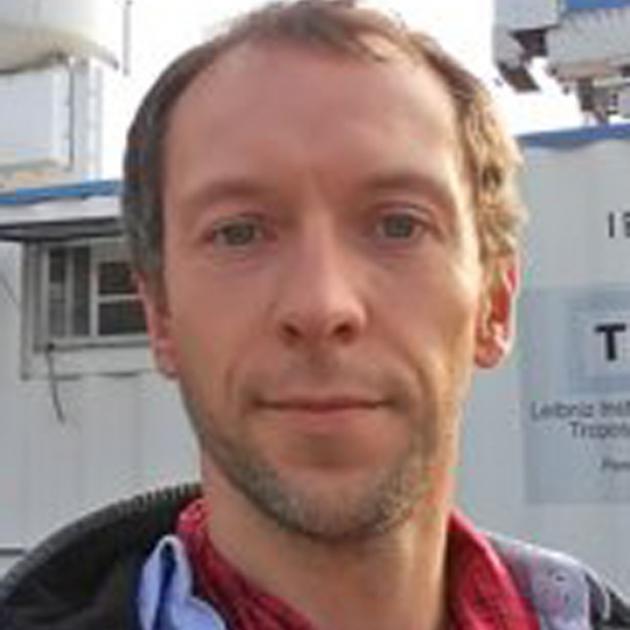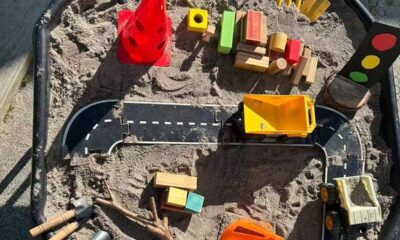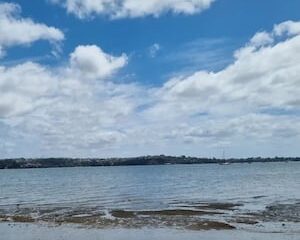Science
Researchers Launch Laser Project to Study Atmospheric Aerosols

A new atmospheric research initiative is set to begin at the MetService site near Invercargill Airport in New Zealand, focusing on how aerosols influence the atmosphere. The project, known as goSouth-2, is a collaboration between German and New Zealand research institutions. The German partners include the Meteorological Institute of the University of Leipzig and the Leibniz Institute for Tropospheric Research (TROPOS). The New Zealand collaborators are MetService, the University of Canterbury, and The Air Quality Collective.
Five researchers from TROPOS are currently setting up the necessary equipment in preparation for the project launch on September 3, 2023. According to TROPOS researcher Patric Seifert, aerosols, which are tiny airborne particles, enter the atmosphere from various sources, including sea spray, dust, pollen, smoke, and volcanic activity. These particles play a crucial role in cloud formation by serving as nuclei for cloud particles to attach to.
Dr. Seifert explained, “The less aerosol particles are available, the less cloud particles can form, and vice-versa.” The southern tip of New Zealand, located at the northern edge of the Southern Ocean, presents a unique opportunity for studying the relationship between aerosols and clouds. This area can experience very clean atmospheric conditions when air masses arrive from the Antarctic, contrasting sharply with the scenarios when air masses come from Australia.
Studying the differences in aerosol content between these air masses will help researchers understand how clouds respond to varying aerosol levels. Dr. Seifert noted that current atmospheric and climate models are less accurate in simulating clouds over the Southern Ocean compared to the northern hemisphere. “The difference in aerosol levels between the hemispheres may explain why the models perform differently,” he added.
Invercargill was chosen for this research due to its logistical support for operating the equipment and accommodating staff. MetService already conducts significant observations at the site, which include long-term records of weather balloon soundings, precipitation observations, and solar and thermal radiation measurements.
While all data collection instruments are land-based, residents in the area may notice a green laser beam in the sky near Invercargill Airport. Dr. Seifert mentioned that their lidar (light detection and ranging) systems emit laser pulses to investigate aerosols. The beam is fixed, and airport staff have been informed of its presence. In addition to lidar, researchers will utilize radar systems to study clouds and precipitation.
TROPOS team members will remain on-site for 18 months, while a group of approximately 15 researchers will analyze the collected data in Germany. This initiative follows the successful completion of goSouth-1, a month-long study conducted in 2022 at Pahia, about 50 kilometers from Invercargill. The findings from these studies aim to enhance the understanding of atmospheric processes and improve climate models, ultimately contributing to more accurate predictions of weather patterns in the region.
-

 World1 week ago
World1 week agoPrivate Funeral Held for Dean Field and His Three Children
-

 Top Stories2 weeks ago
Top Stories2 weeks agoFuneral Planned for Field Siblings After Tragic House Fire
-

 Sports3 months ago
Sports3 months agoNetball New Zealand Stands Down Dame Noeline Taurua for Series
-

 Entertainment3 months ago
Entertainment3 months agoTributes Pour In for Lachlan Rofe, Reality Star, Dead at 47
-

 Entertainment2 months ago
Entertainment2 months agoNew ‘Maverick’ Chaser Joins Beat the Chasers Season Finale
-

 Sports3 months ago
Sports3 months agoSilver Ferns Legend Laura Langman Criticizes Team’s Attitude
-

 Sports4 weeks ago
Sports4 weeks agoEli Katoa Rushed to Hospital After Sideline Incident During Match
-

 Politics2 months ago
Politics2 months agoNetball NZ Calls for Respect Amid Dame Taurua’s Standoff
-

 World2 weeks ago
World2 weeks agoInvestigation Underway in Tragic Sanson House Fire Involving Family
-

 Top Stories2 weeks ago
Top Stories2 weeks agoShock and Grief Follow Tragic Family Deaths in New Zealand
-

 Entertainment3 months ago
Entertainment3 months agoKhloe Kardashian Embraces Innovative Stem Cell Therapy in Mexico
-

 World4 months ago
World4 months agoPolice Arrest Multiple Individuals During Funeral for Zain Taikato-Fox




















